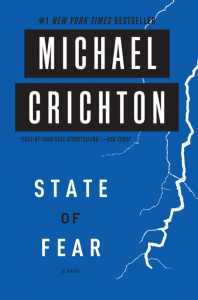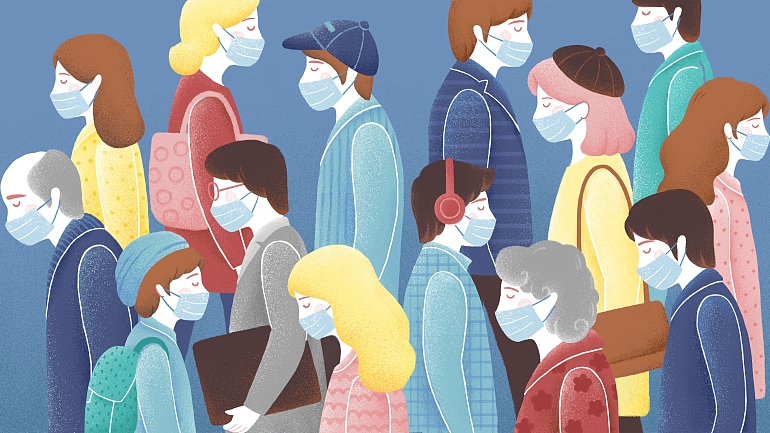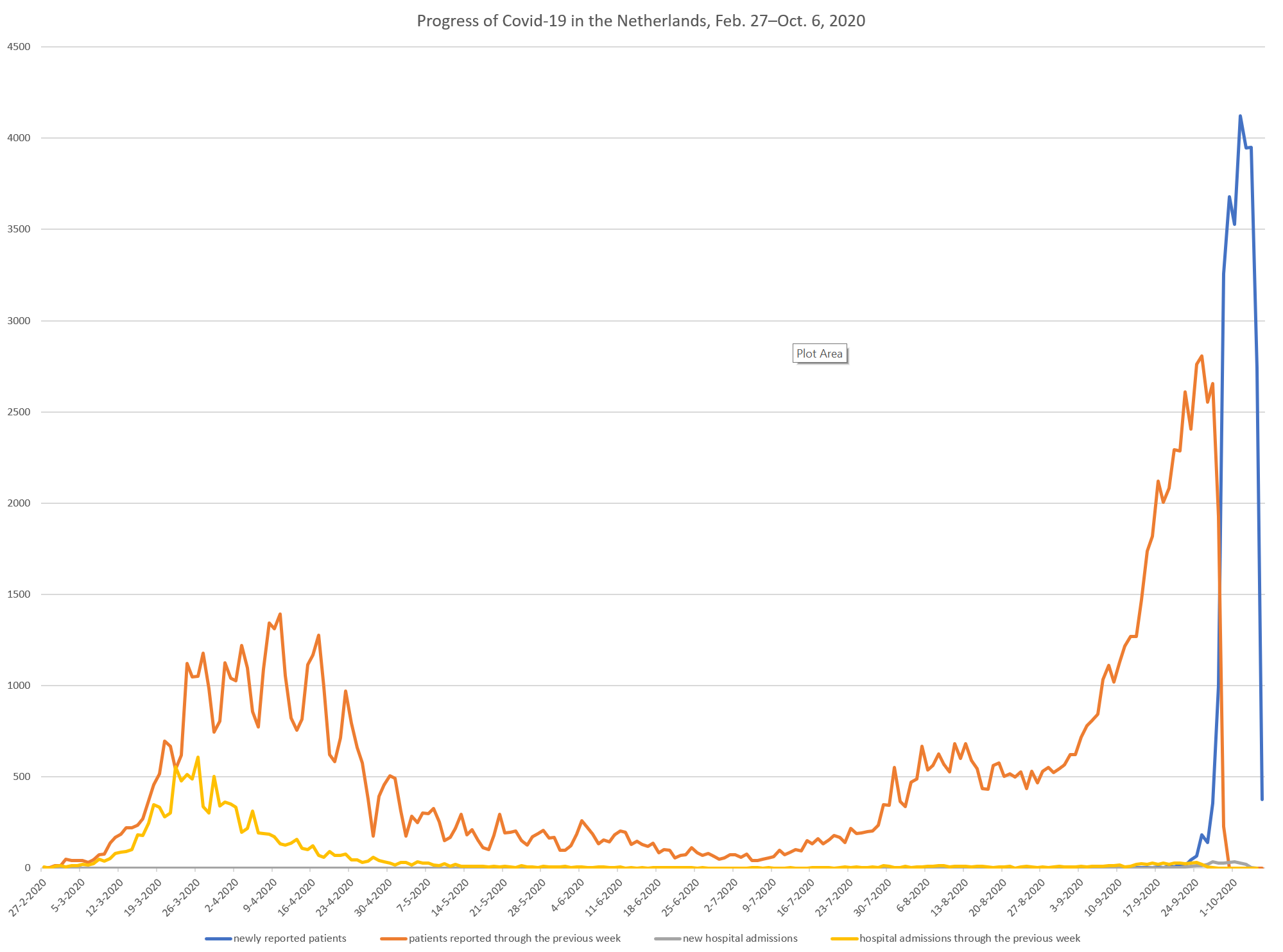Losing Face
The Psychology of Mask-Wearing
The firewall has been breached. After months of resistance, the Dutch man in the street is finally succumbing to the practice of wearing facemasks in public. Today I visited the local bakery and grocery store, and the vast majority of both customers and employees were wearing masks. Never before had I seen this, even during the height of hospital admissions and deaths from Covid back in March and April. But times have changed. We are now experiencing an explosion of new cases which even dwarfs the numbers reported back at the peak of the virus’s lethality. And therefore we must take action.
This chart, which uses the latest data (as of October 8, 2020) from the Netherlands’ National Institute for Public Health and the Environment (Dutch acronym: RIVM), reflects the new reality:
The chart shows the number of cases testing positive for Covid since February 27. The blue line is newly reported cases per day, the orange line is cases per day with a delay of one week. The data includes no explanation for why there are no newly reported cases for days prior to mid-September; presumably it has to do with the availability of rapid testing.
At any rate, what this shows is that cases have shot up since the late summer, to levels not approached even during the peak in March-April. Obviously, this has to do with the availability of tests, right? Testing has been expanded greatly in recent months, and this would seem to be the result of that.
Is that all there is to it? Then why is everyone suddenly wearing masks? Apparently it is not all there is to it, or at least, the response has been driven by fear that increased cases will lead to increased hospitalizations and deaths. After all, that is what happened back in March-April. Take a look at this chart:
This is the same chart as above, but with the addition of new hospital admissions (green) and hospital admissions from one week earlier (yellow). As can be readily seen, during the initial wave of cases in March, there was a strong correlation between cases and hospitalizations. It is only prudent to prepare for a similar scenario now, right? Even though the differential between cases then and now can also be explained by the massive increase in testing?
Take a good look at the right end of the graph. This shows testing versus hospitalization now. Notice that while positive tests have skyrocketed, hospitalizations have not. The yellow line is barely visible above the x-axis.
Let’s take a closer look, eliminating the test results and only focusing on hospitalizations. We’ll add deaths to the chart as well. It looks like this:
Back in late March, hospitalizations hit over 600 per day, generating a near-panic among health professionals as capacity approached 100%, necessitating arrangements to be made with neighboring countries like Germany, with greater capacity, arrangements which, thankfully, proved unnecessary. And deaths peaked at close to 200 per day. Truly a crisis.
But look over at the right-hand side of the chart. Hospitalizations have barely nudged upwards. They are approaching only 30 per day, not 600. There is simply no comparison between the situation in March and April and the situation now.
Then why the panic? Can it be driven by anything else than the fear that the same correlation between cases and hospitalizations which manifested itself then, will manifest itself again? That is the wisdom being proffered to us by news media, politicians, experts. What of the simple fact that testing has increased exponentially since then, to include all manner of people who then would not have been tested because they were not ill enough to be suspected? Shouldn’t we expect a massive increase in cases? Why then jump to the conclusion that such an increase will inevitably lead to massively increased hospitalizations and deaths – even when the data do not sustain such a conclusion?
 There is something going on at the level of the collective psyche which is unsettling. We’ve always known that people could be led around like sheep by authority figures playing on their fears. As Professor Hoffman put it in Michael Crichton’s State of Fear:
There is something going on at the level of the collective psyche which is unsettling. We’ve always known that people could be led around like sheep by authority figures playing on their fears. As Professor Hoffman put it in Michael Crichton’s State of Fear:
Has it ever occurred to you how astonishing the culture of Western society really is? Industrialized nations provide their citizens with unprecedented safety, health, and comfort. Average life spans increased fifty percent in the last century. Yet modern people live in abject fear. They are afraid of strangers, of disease, of crime, of the environment. They are afraid of the homes they live in, the food they eat, the technology that surrounds them. They are in a particular panic over things they can’t even see—germs, chemicals, additives, pollutants. They are timid, nervous, fretful, and depressed. And even more amazingly, they are convinced that the environment of the entire planet is being destroyed around them. Remarkable! Like the belief in witchcraft, it’s an extraordinary delusion—a global fantasy worthy of the Middle Ages. Everything is going to hell, and we must all live in fear. Amazing….
In the old days … citizens of the West believed their nation-states were dominated by something called the military-industrial complex. Eisenhower warned Americans against it in the 1960s, and after two world wars Europeans knew very well what it meant in their own countries. But the military-industrial complex is no longer the primary driver of society. In reality, for the last fifteen years we have been under the control of an entirely new complex, far more powerful and far more pervasive. I call it the politico-legal-media complex. The PLM. And it is dedicated to promoting fear in the population—under the guise of promoting safety (pp. 588, 589, epub version).
In his own inimitable way, Crichton was on to something. This, of course, is a major element of the situation we find ourselves in. But is it the complete explanation? Consider this:
Much has been remarked about the psychological effects of wearing masks, beyond any medical benefit they may or may not have in protecting against a virus (and, given the mountain of contradictory studies and learned opinions on the subject, that effect is very much open to question). Here is one example, from the BBC no less; another from the Federalist.
As I posted on Facebook recently (before the new wave of fear struck), I was thankful to live in a country – the Netherlands – where I could still smile at someone and see them smile back. Facial expression is a major aspect of communication, of interaction. It is one way we share our lives with others. Masks rob us of that. In a sense, we become dehumanized, talking robots or dolls – for our facial expressions “give us away.” Without them, we are robbed of such transactions. We lose the ability to give ourselves away. We become blocks of wood. Well, at least our eyes move.
 There is an added dimension to this as well, one that only dawned on me thanks to a book from 1960. Yes, that’s right, a book nearly as old as I am, a classic of atomic-age dystopianism. Its title, Facial Justice (New York: Doubleday), is likewise its theme. As an aside, it seems to be unique in the oeuvre of L. P. Hartley, an Englishman who wrote novels about society life and the perils of coming of age. As such, it is by no means out of place, for in its own way it too is a commentary on society, a parable about it and its desire, in the midst of its radical individualism, to eradicate individuality.
There is an added dimension to this as well, one that only dawned on me thanks to a book from 1960. Yes, that’s right, a book nearly as old as I am, a classic of atomic-age dystopianism. Its title, Facial Justice (New York: Doubleday), is likewise its theme. As an aside, it seems to be unique in the oeuvre of L. P. Hartley, an Englishman who wrote novels about society life and the perils of coming of age. As such, it is by no means out of place, for in its own way it too is a commentary on society, a parable about it and its desire, in the midst of its radical individualism, to eradicate individuality.
In the post-apocalyptic New State, there is a Ministry of Facial Justice which outfits citizens with new faces – Beta faces, as they are called, not too pretty but far from plain, which do not change, do not age, but likewise do not express emotion. Jael, the heroine of the story, is quite pretty – and that’s a problem. Her brother, who is also her provider, is adamant that she should submit to the procedure. For Beta faces are all the same, and being all the same, they enable us to avoid the pernicious consequences of the word that in the New State is only spoken by way of euphemism – Bad E, envy, the opposite of Good E, equality.
Jael is responsible for a lot of Bad E. “It was my eyelashes they mostly picked on, for being too long and curly. My fault, of course, I should have cut them, but sometimes I forgot. One woman complained she had lost several nights’ sleep just thinking about my eyelashes. She felt they were digging into her, she said” (p. 11). Jael decides not to go through with the procedure, for she finds that this would rob her of her individuality.
When Jael tells her brother Joab of her decision, he expresses the stock dismay encouraged by the regime.
“Don’t you like my face as it is?” asked Jael wistfully.
“I quite like it as a face,” said Joab, as if that was very little to like it for. “But as a potential breeding ground of Envy … I heartily dislike it. I heartily dislike it,” he repeated, “and you know that, Jael. No wonder you feel nervy. By keeping your face you have transgressed the first law of our common life. What you take to be nerves is guilt. Don’t you feel guilty?”
“Not altogether,” confessed Jael, still anxious to be to him a person in her own right, not a reach-me-down but made to her own measure. “It’s my own face after all. I suppose I have a right to it,” she said with some spirit.
“You have a right to nothing that is liable to cause Envy in the heart of a fellow delinquent,” said Joab, pursing his lips for the ritual spit, and using the word delinquent, which was still one of the official terms for an inhabitant of the Upper World, though patient was more commonly used. “Our constitution and way of life are based on it” (pp. 43–44).
Indeed. These individual differences spelled trouble; their effacement allowed for a tranquil social life. Such was the New State: “it was a relaxed and invalidish Civilization. Everything about it suggested weakness and convalescence. A sort of toadstool architecture was invented, in which circles and curves predominated; corners were allowed, though sparingly, but right angles were forbidden, and no house might be higher than two stories.”
We do not inhabit the New State. But we are busy erecting a New Normal. And in this New Normal, how much of such an urge to conformity is now rising to the surface? How many of us actually are beginning to prefer wearing masks, precisely to efface individuality and enforce conformity, and are using the latest statistics of new cases to justify that preference? Are we headed for an age of facial justice?
Well, why not? As I have already written, the measures taken to combat Covid look a great deal like a dry run for the rigorous regime the environmentalists wish to impose upon us for our violations of justice vis-à-vis nature. Beyond that, some sort of masking regime might be just the ticket to enable us to overcome the violations of social justice embodied in the systemic racism Western civilization is accused of harboring. Everything points to the imposition of a regime of conformity and uniformity, the better to save us from the dangers we face, not least of which from our own selves, our individualities, our nonconformist actions.
Welcome to the new regimentation.



